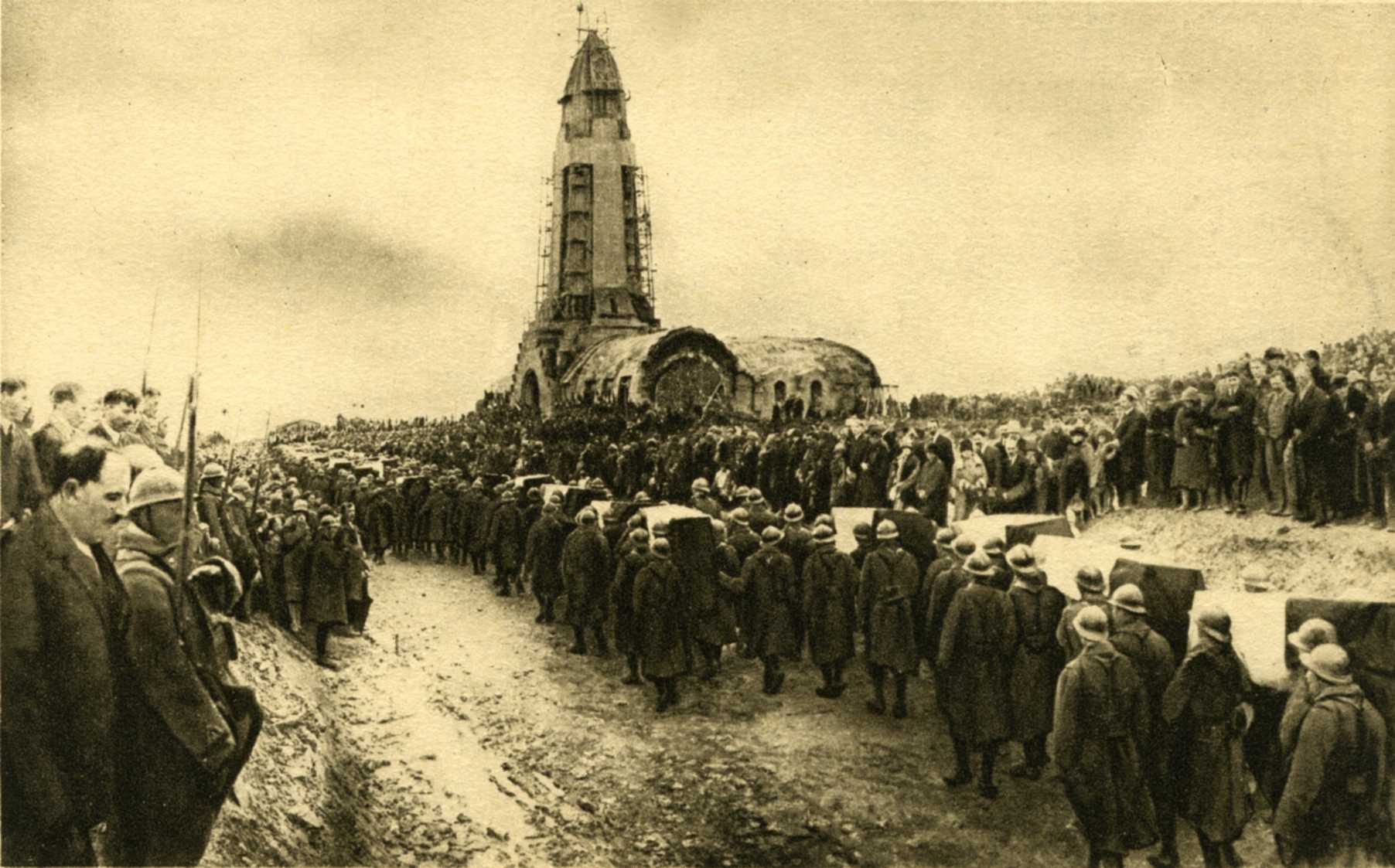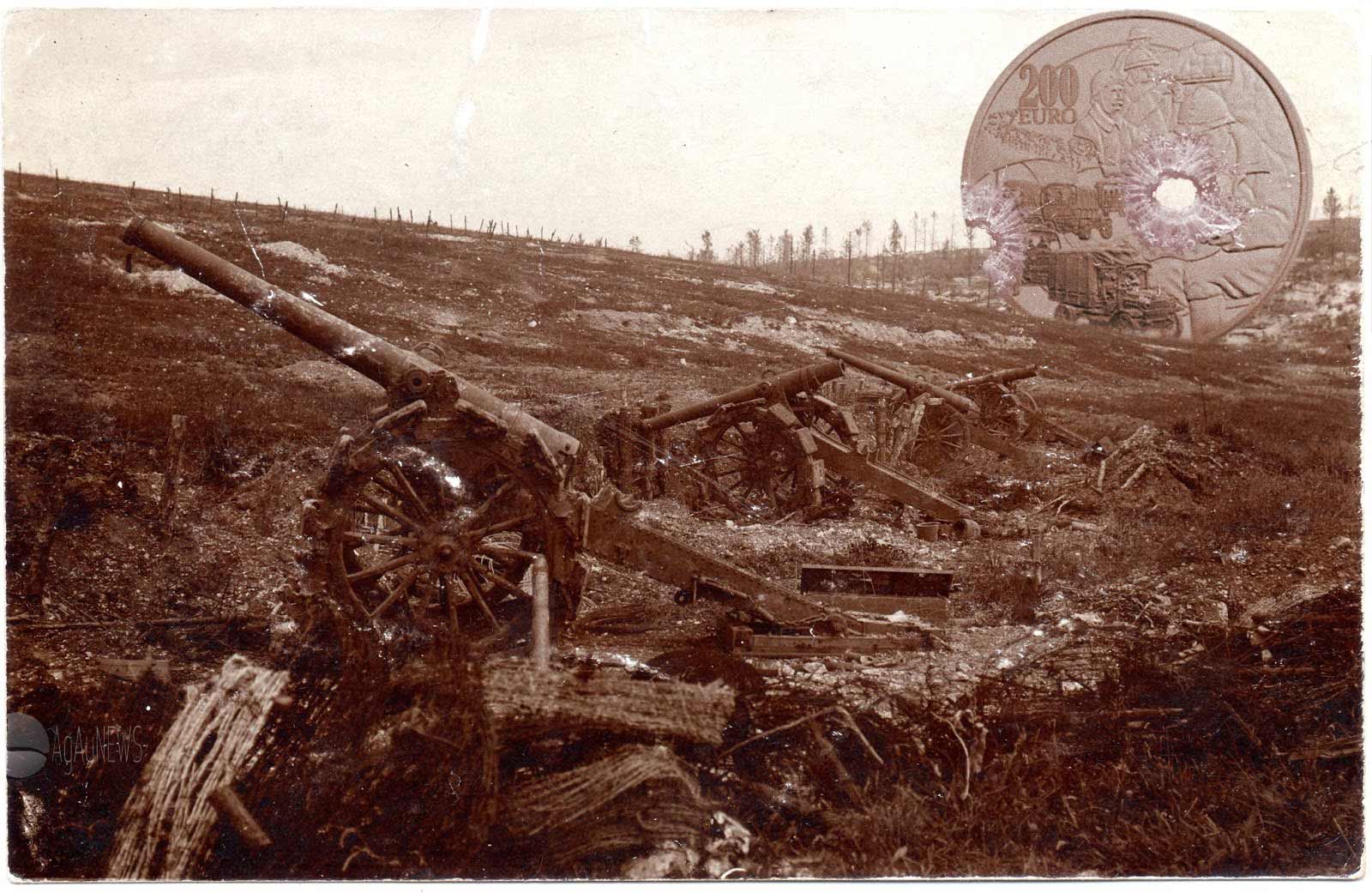

The Germans launched two million shells during their opening bombardment-more than in any engagement in history to that point-and the two sides eventually fired between 40 and 60 million shells over the next 10 months. Of the 800,000 casualties at Verdun, an estimated 70 percent were caused by artillery. The Battle Included Devastating Uses of Artillery The road was later renamed “La Voie Sacrée” (“the Sacred Way”) to commemorate its vital contribution to the war effort. Petain also used the road to rotate more than 40 divisions in and out of the Verdun sector, which kept the French troops fresh and helped combat the effects of shell shock. Troops were put to work laying gravel and making repairs to the roadway, and a fleet of 3,000 military and civilian trucks was marshaled to serve as transport vehicles.ĭuring just one week of operations, more than 190,000 French troops and 25,000 tons of munitions, food and supplies were ferried to the front. Upon taking command of French forces in late-February 1916, General Philippe Petain took steps to keep the lifeline open. The French Kept Up Defense of Verdun Thanks to a 'Sacred' Roadĭue to a lack of secure railways and constant enemy bombardments, the French were forced to rely on a lone, 20-foot-wide road to supply their stand at Verdun. It would take eight months and tens of thousands of casualties before the French finally recaptured the fort in October 1916. News of Douaumont’s fall was met with impromptu celebrations and even a school holiday in Germany, but it came as a severe blow to the already wounded French morale. They soon captured the entire garrison without suffering a single casualty or firing a shot. Eugen Radtke was able to wander its subterranean chambers and round up French defenders one after the other. Douaumont would have been all but impregnable under normal circumstances, but its garrison had been reduced to just 57 men in the months before the battle.Īfter gaining access to the fort through an undefended passage, a small party of Germans led by Lt. On February 25, German forces approached Fort Douaumont, the most sprawling of the several dozen French bastions surrounding Verdun. German Forces Seized a Crucial French Fort Without Firing a Shot By February 24-just three days after the initial bombardment-the Germans had advanced several miles and overrun the first two French defensive lines.

The French managed to make last-minute preparations after poor weather delayed the German onslaught, but they still found themselves on their back foot during the early stages of the battle. The forts surrounding Verdun had seen little action during the early stages of the war, and many of their garrisons and artillery pieces had been moved to hotter sectors.

Despite the massive engineering project going on right under their noses, the French were largely unprepared for a German attack. Using rugged terrain and a huge air presence to screen their movements, Falkenhayn’s men spent seven weeks constructing new railway lines, assembling heavy concrete bunkers to house troops, and stockpiling more than 1,200 artillery pieces.Ī staggering 2.5 million shells were shipped to the front using 1,300 munitions trains. Germany’s preparations for the Battle of Verdun involved one of World War I’s largest buildups of men and equipment. “If they do so,” he wrote in his memo, “the forces of France will bleed to death.” Falkenhayn called his ruthless scheme Operation Gericht-a term loosely translated as “judgment” or “place of execution.”ĮXPLORE WORLD WAR I FRANCE WITH HISTORY TRAVEL™. Rather than outmaneuvering them or breaking through their lines, Falkenhayn planned to lure the French into a trap that would force them to throw troops into a battle of attrition where the conditions favored the Germans. In late-1915, German General Erich von Falkenhayn wrote a memorandum to Kaiser Wilhelm II in which he argued that the war would only be won by inflicting mass casualties on the French army and sapping its will to fight, which would then force the British to sue for peace. World War I battles often started with tactical objectives and devolved into bloody stalemates, but most historians believe that Verdun was intended to be a “meat grinder” from the very beginning. The Germans Designed Verdun to be a Battle of Attrition. By the end, casualties numbered about 400,000 for the French and 350,000 for the Germans. In the battle that slogged on for 10 months, the French held off a major German offensive. In a war known for its brutality, the Battle of Verdun, (February 21–December 18, 1916), was among the longest and bloodiest conflicts of World War I.


 0 kommentar(er)
0 kommentar(er)
